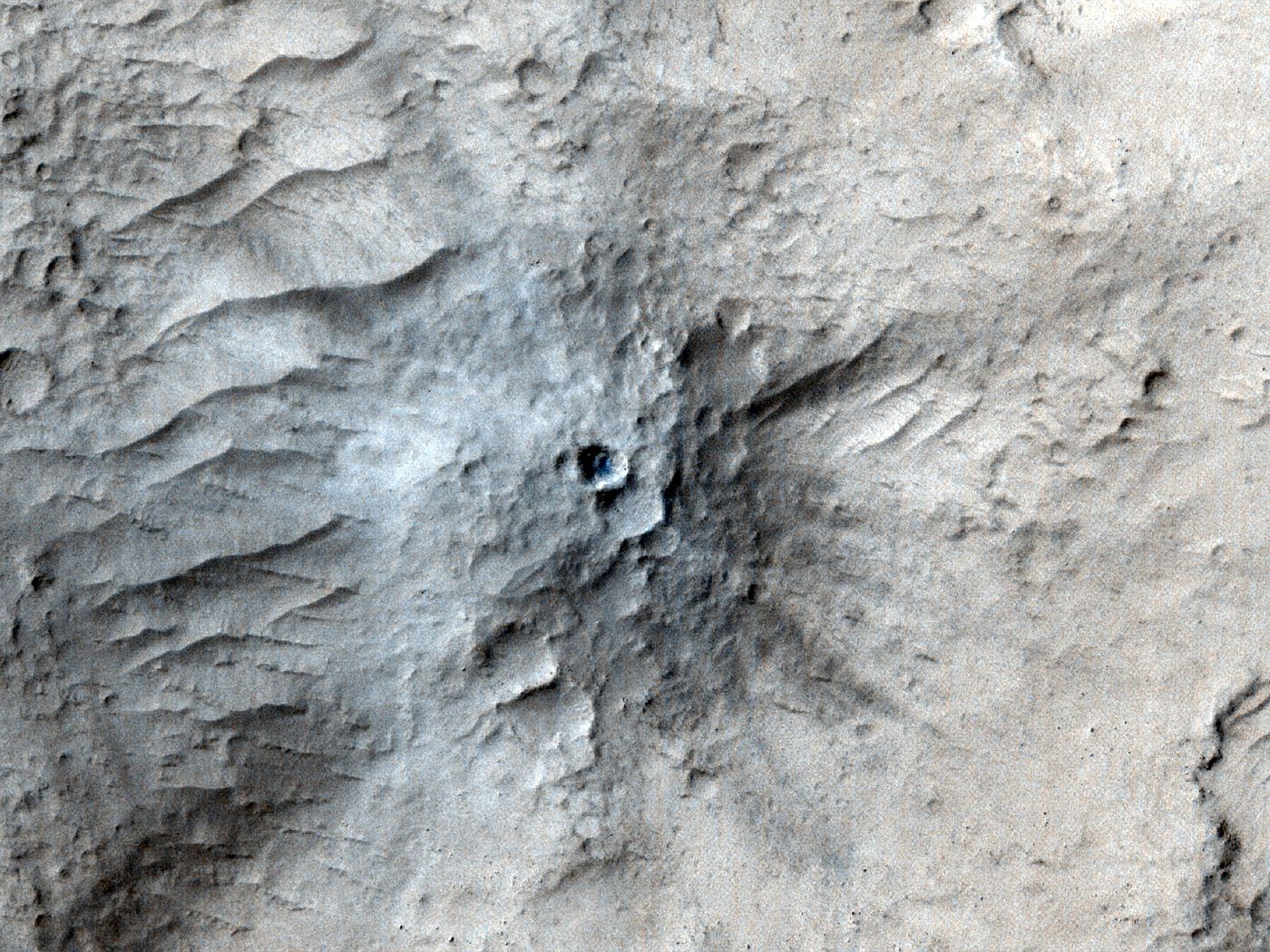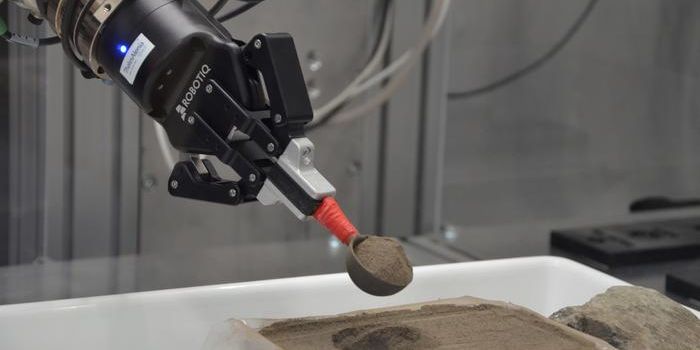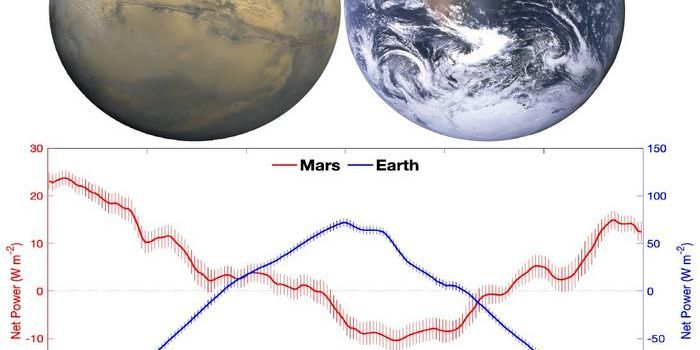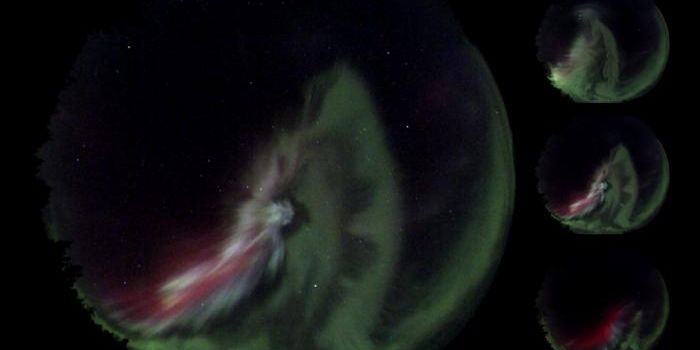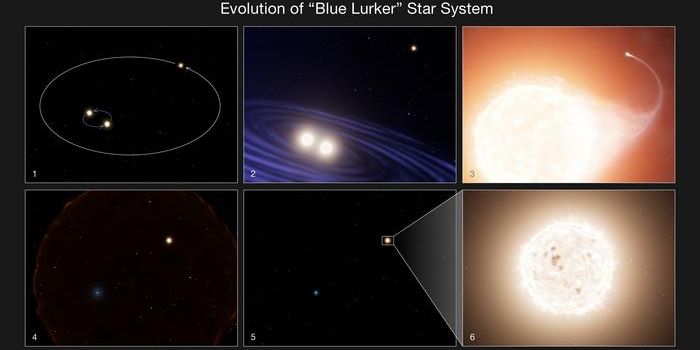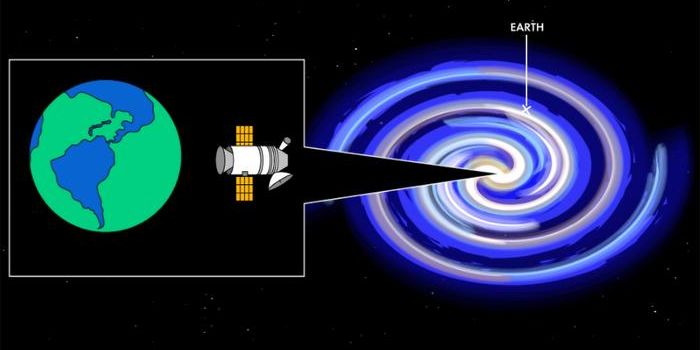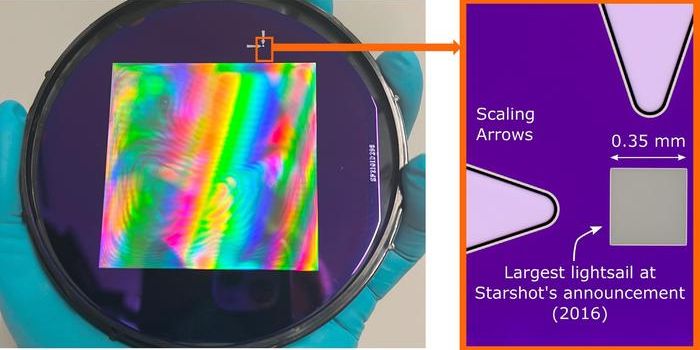AI Uncovers New Martian Impact Crater and Deep Seismic Signals
How do seismic waves travel within the interior of Mars? This is what two recent studies published in Geophysical Research Letters hopes to address as a team of researchers investigated impacts on Mars’ surface that occurred during NASA’s InSight lander’s mission and how those impacts resulted in unlocking new knowledge regarding how seismic waves travel inside Mars, also called marsquakes. These studies have the potential to help researchers better understand seismic activity on Mars and what it could mean for finding life on the Red Planet.
For the study, the researchers used artificial intelligence (AI) to identify recent impacts on Mars that fell within a 3,000-kilometer (1,864-mile) radius around InSight’s location. The team then combined this with InSight lander data that measured seismic waves within the interior of Mars with the goal of ascertaining how these impacts could result in seismic waves.
In the end, the researchers successfully combined 123 fresh craters with InSight’s data, resulting in identifying 49 of the 123 as being connected to marsquakes detected by InSight’s seismometers. Through this, the team discovered seismic activity within Mars travels as deep as the mantle, which challenges longstanding hypotheses that seismic activity was limited to the crust of Mars. The primary crater discussed in the second paper is located in Cerberus Fossae, which the researchers identified as having caused the high-frequency marsquake detected to have traveled through Mars’ mantle.
Image of an impact crater in Cerberus Fossae obtained by NASA’s Mars Reconnaissance Orbiter’s HiRISE camera on March 4, 2021. (Credit: NASA/JPL-Caltech/University of Arizona)
“We used to think the energy detected from the vast majority of seismic events was stuck traveling within the Martian crust,” said Dr. Constantinos Charalambous, who is a research associate at Imperial College London and lead author of the study discussing the marsquake. “This finding shows a deeper, faster path — call it a seismic highway — through the mantle, allowing quakes to reach more distant regions of the planet.”
As noted, discovering that seismic activity exists within Mars’ mantle was made possible with the use of AI, the latter of which is becoming increasingly used within the scientific community for identifying surface features and discovering new exoplanets. Going forward, the continued advancement of AI will enable researchers to significantly save an enormous amount of time that has traditionally been devoted to manual work in conducting observational and data analysis.
How will researchers use AI to make new discoveries about seismic activity on Mars in the coming years and decades? Only time will tell, and this is why we science!
As always, keep doing science & keep looking up!
Sources: Geophysical Research Letters, Geophysical Research Letters (1), NASA JPL
